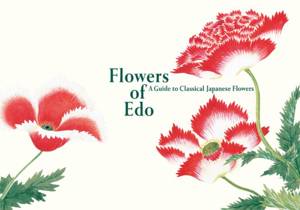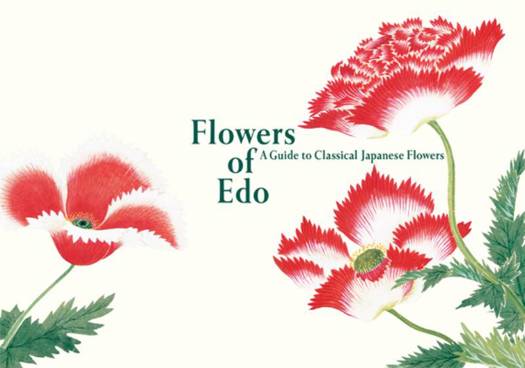
- Afhalen na 1 uur in een winkel met voorraad
- Gratis thuislevering in België vanaf € 30
- Ruim aanbod met 7 miljoen producten
- Afhalen na 1 uur in een winkel met voorraad
- Gratis thuislevering in België vanaf € 30
- Ruim aanbod met 7 miljoen producten
Zoeken
Omschrijving
Flowers of Edo features 100 illustrations from the historical botanical art book, Honzou-zufu, and breathes new life into this work from the Edo period of Japan.
Honzou-zufu, published in 1828 by Kanen Iwasaki, was the first Japanese botanical encyclopedia with color which was valuable not only as an encyclopedia but also for its beautiful and refined drawings. It was comprised of 96 volumes and contained 2000 plants, which were sketched, colored and classified into three different categories (mountain plants, wet plants and poisonous plants). Because most of the volumes were transcribed, many existing illustrations were low in quality. But we have carefully researched and selected the best 100 illustrations from the Honzou-zufu and breathed new life into this historical botanical art book from the Edo period.
To show all the illustrations without the center being folded, the book is design in landscape format, enabling the illustrations to be clearly seen in a page. Chinese, Japanese and Kampo (Chinese medicine) names are listed for each flower together with a little story about the flower's medical efficacy, origin of its name, language associations and other useful information about the flower. Art direction has been done by Kazuhiko Tajima, who also designed PIE's bestselling title, Bonsai.
Honzou-zufu, published in 1828 by Kanen Iwasaki, was the first Japanese botanical encyclopedia with color which was valuable not only as an encyclopedia but also for its beautiful and refined drawings. It was comprised of 96 volumes and contained 2000 plants, which were sketched, colored and classified into three different categories (mountain plants, wet plants and poisonous plants). Because most of the volumes were transcribed, many existing illustrations were low in quality. But we have carefully researched and selected the best 100 illustrations from the Honzou-zufu and breathed new life into this historical botanical art book from the Edo period.
To show all the illustrations without the center being folded, the book is design in landscape format, enabling the illustrations to be clearly seen in a page. Chinese, Japanese and Kampo (Chinese medicine) names are listed for each flower together with a little story about the flower's medical efficacy, origin of its name, language associations and other useful information about the flower. Art direction has been done by Kazuhiko Tajima, who also designed PIE's bestselling title, Bonsai.
Specificaties
Betrokkenen
- Auteur(s):
- Uitgeverij:
Inhoud
- Aantal bladzijden:
- 224
- Taal:
- Engels
- Reeks:
Eigenschappen
- Productcode (EAN):
- 9784756251886
- Verschijningsdatum:
- 1/11/2019
- Uitvoering:
- Paperback
- Afmetingen:
- 256 mm x 183 mm
- Gewicht:
- 682 g

Alleen bij Standaard Boekhandel
+ 79 punten op je klantenkaart van Standaard Boekhandel
Beoordelingen
We publiceren alleen reviews die voldoen aan de voorwaarden voor reviews. Bekijk onze voorwaarden voor reviews.








